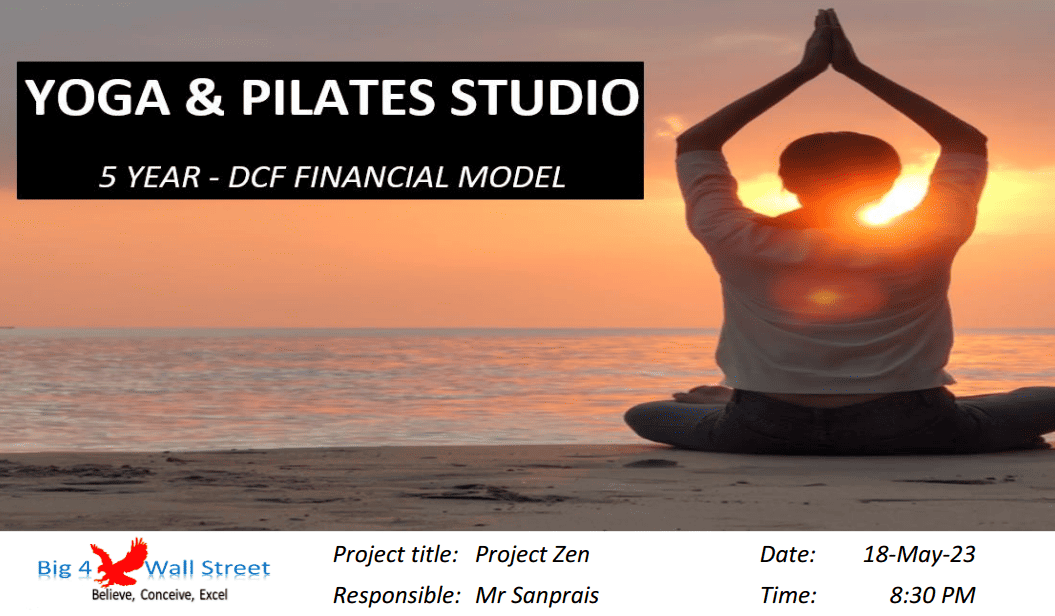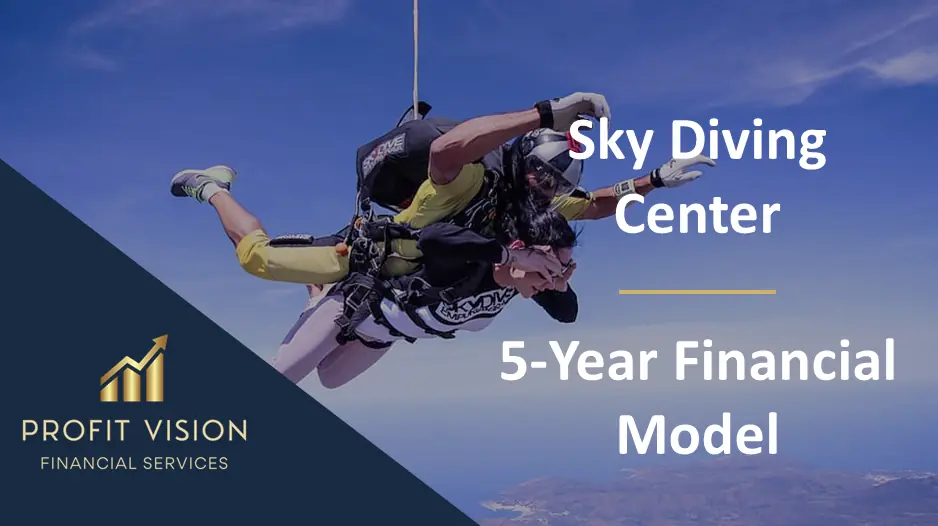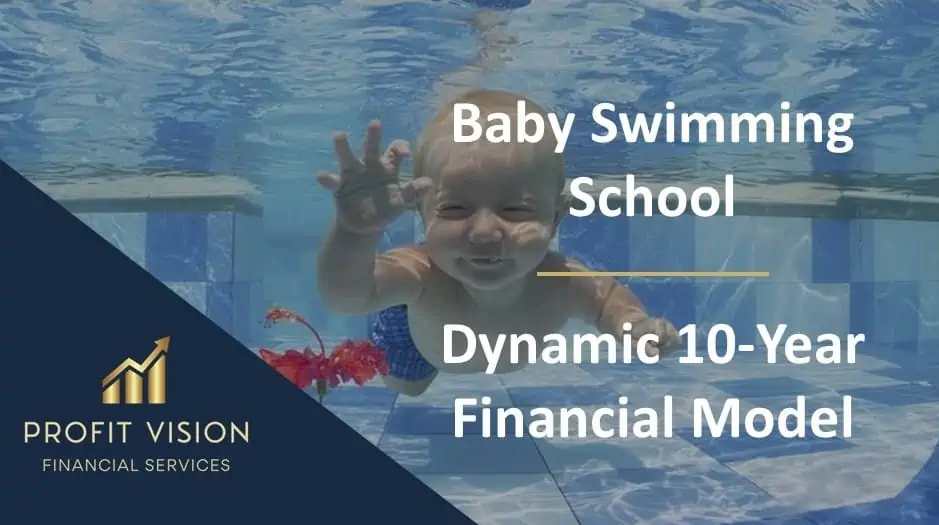Cycling Studio (or seat-based studio) Fully Integrated Financial Model with Cap Table
Fully integrated 3-statement model, cap table, and advanced operating / capacity / class growth assumptions related to any seat-based studio (cycling or otherwise). 3-year monthly and annual.

Modeling out the process of filling up classes during the week in various time slots as well as weekend time slots can actually present some pretty complex logic. This model does a great job at letting the user define a few key assumptions about each class and then seeing what the resulting financial performance is as well as some cool visuals that make it easy to see how/when full capacity is reached and configurable all the variables therein.
The model was built for a cycling studio that has a limited number of available seats per session and sessions per week. It gets as granular as possible for all relevant operating costs, staff, as well as providing key summaries on a 3-year timeline.
The model includes a 3-statement model (Income Statement, Balance Sheet, and Statement of Cash Flows as well as a dynamic cap table. All the assumption areas are easy to input data into and define.
The granularity is pretty deep. The user can define the number of classes that will be going on in 3 time slots (morning/mid-day/evening) and based on the capacity of each class, once the full capacity is reached, a new ‘session’ opens up. For example, you can model the morning class having 1 session, and then once it reaches maximum capacity based on the defined inputs, a second session will open up and start to fill. Once that is full, the model moves to a 3rd. That logic works for each time slot Monday through Friday and then there are two weekend slots available with the same logic.
Similar Products
Other customers were also interested in...
Padel Club Financial Model – 5 Year Forecast
Padel is a racquet sport that combines the elements of tennis, squash, and badminton. It's usually ... Read more
Mini Football Club Financial Model – 5 Year Fore...
Minifootball is probably one of the most popular field sports in the world. Minifootball basically m... Read more
Scuba Diving Center – 5 Year Financial Model
Scuba diving affords an unparalleled experience with the underwater world. However, safe diving requ... Read more
Yoga and Pilates Studio DCF Financial Model
Yoga and Pilates Studio DCF Financial Model is a tool that enables you to evaluate the feasibility o... Read more
Sky Diving Center – 5 Year Financial Model
Skydiving is the sport of jumping from an aircraft and performing acrobatic maneuvers in the air dur... Read more
Tennis Club Financial Model – 5 Year Forecast
This Financial Model presents an advanced 5-year financial plan for a startup Tennis Club and is a f... Read more
Start Up Gym / Fitness Financial Model
Start Up Gym Club Financial Model presents the case of an investment in a gym, fitness club and its ... Read more
Pilates & Yoga Studio Financial Model – 5 Ye...
Financial Model provides an advanced 5-year financial plan for a startup or operating Pilates & ... Read more
Dance Studio Financial Model – 5 Year Financial ...
Provides an advanced 5-year financial plan for a startup or operating Dance Studio and is a flexible... Read more
Baby Swimming School – Dynamic 10 Year Financial...
Financial model providing a dynamic 10-Year Financial Plan for a Baby Swimming School for children u... Read more
You must log in to submit a review.






























